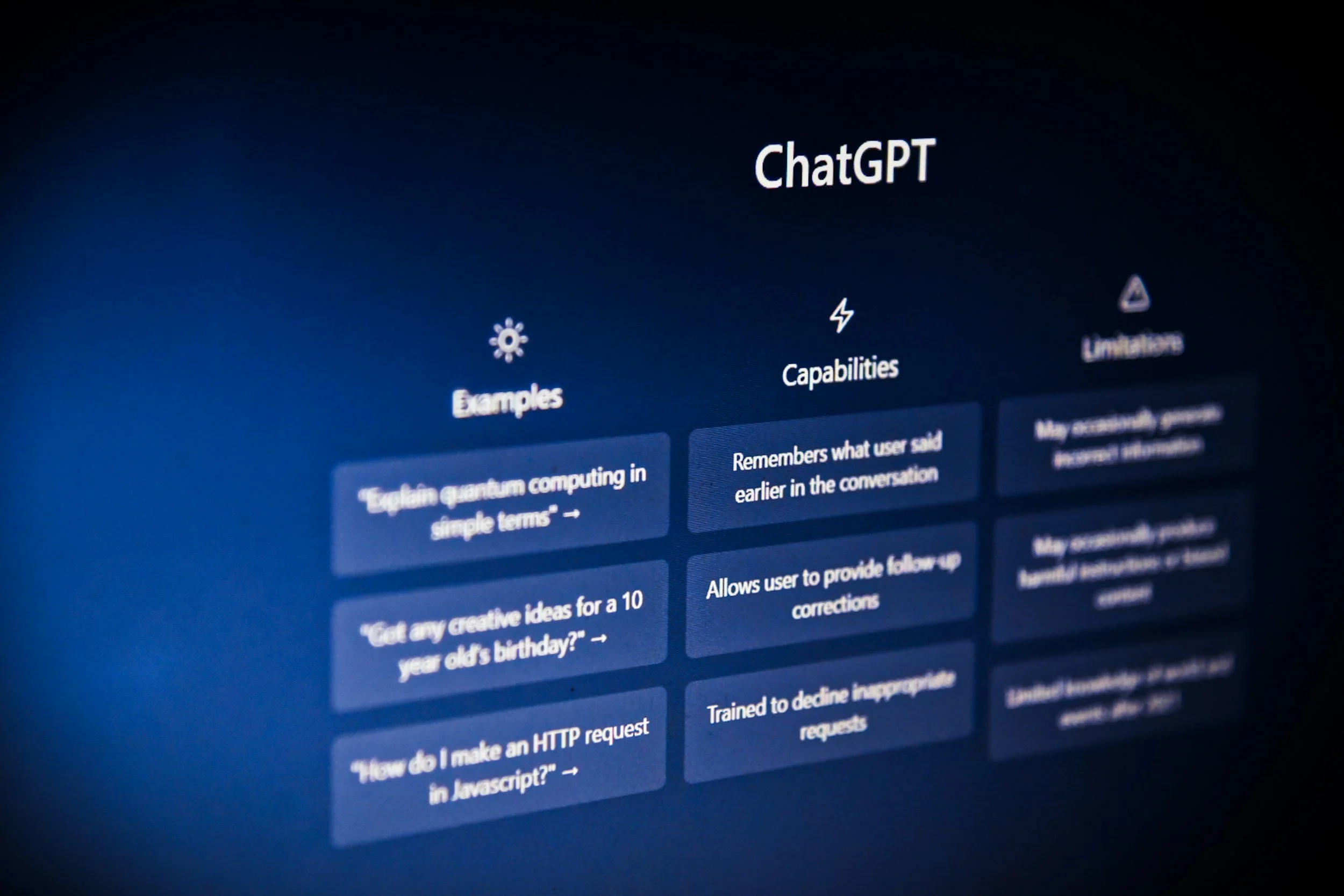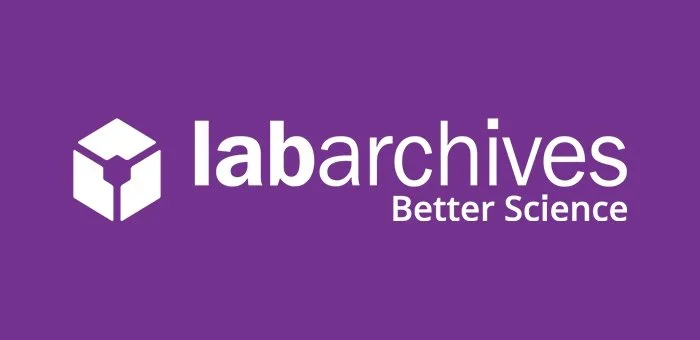From Chatbots to Kahoot: Teaching Chemistry in the Age of AI
Every semester brings a few tools that truly make a difference. This time, Padlet and Electronic Lab Notebooks took center stage in my chemistry classroom, helping students collaborate, organize experiments, and share their discoveries in new ways. From brainstorming and reflection to professional-style lab documentation, these tools turned science learning into a hands-on, high-tech adventure.
Hands-On Meets High-Tech: Rethinking How We Learn Science
Science is more than facts and formulas. It’s curiosity in motion. As technology reshapes education, we have the chance to make learning more hands-on, connected, and meaningful than ever before. In the chemistry classroom, that means helping students do real science: gathering data, testing ideas, and using digital tools to see the invisible. The future of learning isn’t just about keeping up with change, it’s about inspiring wonder in every experiment.
Mix, Measure, and Make Meaning: Problem-Based Learning in the Chemistry Classroom
Problem-Based Learning (PBL) turns chemistry from a list of formulas into a real-world adventure in problem solving. By combining authentic inquiry with tools like electronic lab notebooks, student-created podcasts, and digital presentations, we give learners the chance to think, experiment, and communicate like real scientists. With the right technology, even the most abstract chemistry concepts become hands-on, creative, and connected to the world around them.
The Future Chemistry Classroom: Where Atoms Meet Algorithms
The chemistry classroom of the future isn’t full of chalk dust. It’s alive with data, color, and curiosity. From AI lab assistants to augmented reality experiments and global cloud collaborations, technology is transforming how students experience science. The next generation of chemists won’t just read about reactions, they’ll step inside them, analyze them, and use what they discover to change the world.
From Lab Notes to Learning Walls: My Favorite Chemistry Resources
Every semester brings a few tools that truly make a difference. This time, Padlet and Electronic Lab Notebooks took center stage in my chemistry classroom, helping students collaborate, organize experiments, and share their discoveries in new ways. From brainstorming and reflection to professional-style lab documentation, these tools turned science learning into a hands-on, high-tech adventure.




